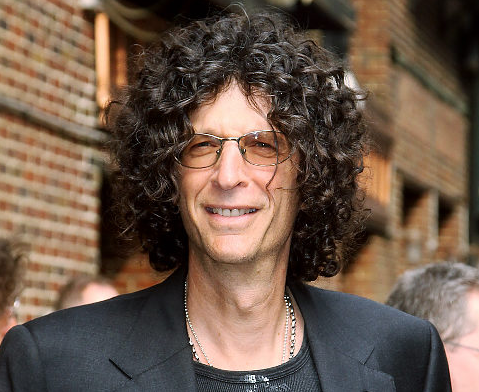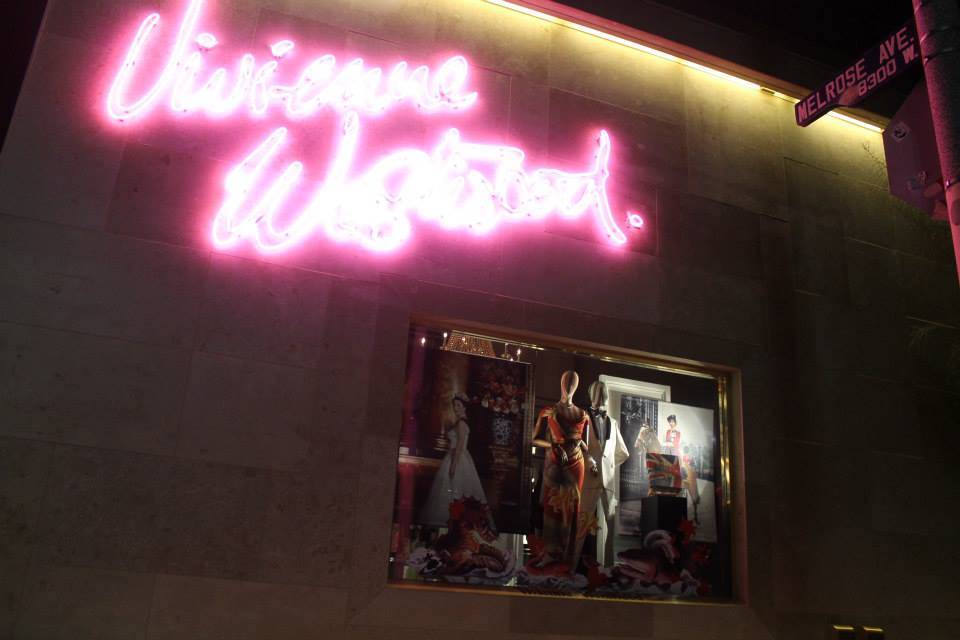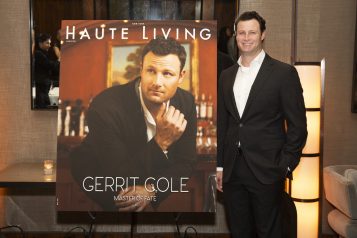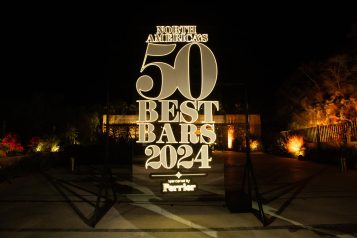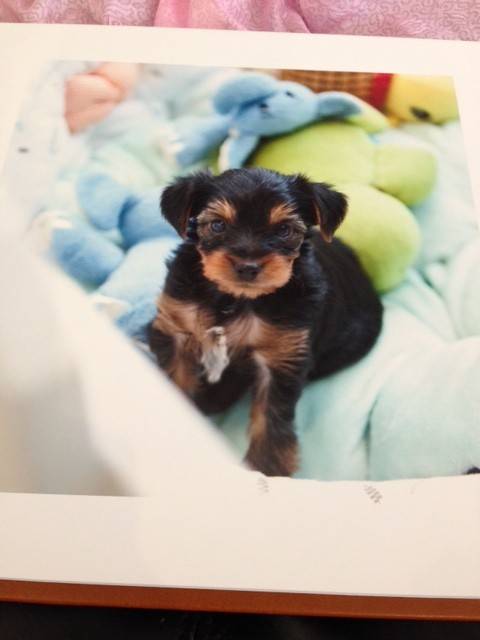
If luxury means comfort, it could be said that never having to say “good-bye” to “Muffy” for the last time might just qualify. For $100,000, a handful of people around the world have had their companion dogs cloned by Hbion, which is based in Seoul, South Korea. This definitely softens the blow of losing your loved one, but might be a bit of a folly and keep you from meeting your next best friend.
Dr. Taeyoung Shin DVM, PhD, the Vice President of Sooam Biotech, has used cloning to recreate a few favorite pets, as well as more important work like bringing back the endangered Tibetan Mastiff dog, cloning Trakr, the famous hero rescue dog from 9/11, fixing genetic flaws using cutting edge transgenic technology and finally solving the nature vs. nurture debate once and for all.
Haute Living sat down with Dr. Shin when he was in Miami delivering two healthy Yorkshire Terrier pets to a client whose 17 year old Yorkie’s health was failing.
So how does it work?
We collect eggs from the egg donor first, take the nucleus out of the egg, we replace with the DNA.
How does the egg become an embryo without fertilization?
When we work with the original cells, we give them an electric zap (electric current), which stimulates the egg. The electric stimulation is the same process as when the sperm and the egg get together.
What do you need from the original dog?
We extract a tissue sample while the dog is under anesthesia. We also find it works better with younger dogs.
Will you do humans?
We work in human stem cells, but not human cloning!
“Dolly” the sheep died young, what are the life expectancy of these puppies?
We have been doing this since 2005, and are collecting data right now, but we haven’t seen early deaths.
Is this going to become common for people who don’t want to let go of their pets?
Well, we can offer that, but our business direction is working for police canine, military canine and special task force dogs, because they have super characteristics and ability. They can smell explosives and they can save a lot of people.
Natural breeding is a selection process. That’s not going to guarantee the same genetics of the super hero dog. So we tried to find the great ability through the years and years of training. And when we have the one characteristic, we will try to produce multiple. But this is not a manufactured type of thing. We don’t want to make thousands and thousands of clones. We’d rather only have handfuls.
Sometimes I find it heartbreaking, too. A lot of people ask us if we can do it for free or for charities because their dying dog or cat are their only hope and I don’t want to make their heart break, but reality-wise, we have to cover the expenses.










